Turning the tide
After 12 years of planning, research and stakeholder consultation, the mammoth task of rehabilitating the wetland was finally approved by the NSW Department of Planning in 2006.
The gates were progressively opened from 2008 to 2013 to gradually re-introduce saltwater tidal flows from the Hunter River at Hexham.
Geoff Hyde, who had persevered through a tough few decades of frugal fishing in the Hunter estuary was among those on hand when the first flood gate was opened in 2008.
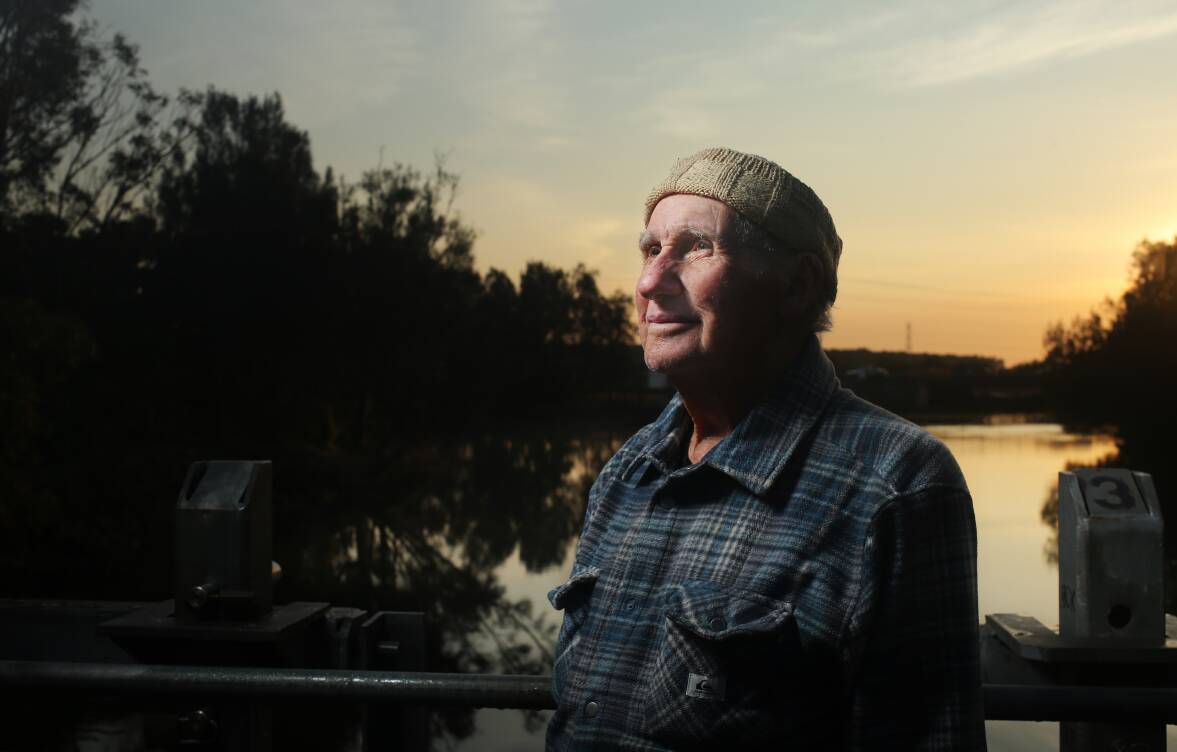
"It was a fantastic experience, magic," he said.
The green light was given to open another two in September 2011 and the final two were opened in July 2013.
The total cost of the project to date is $5.4 million, which includes ecological surveys, the acquisition of low lying land and bund construction.
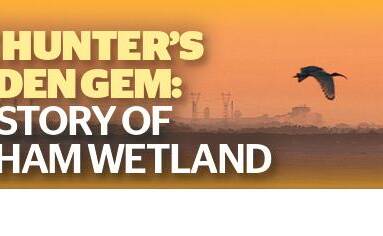
Green shoots
Mr Hyde's daughter, Amanda, has been involved with wetland's rehabilitation for the past 20 years.
The most rewarding part of her involvement has been witnessing the gradual restoration of the fish and prawn nursery habitat.
"It's been amazing to see that habitat being restored back to what it was," she said.
"It's such a valuable habitat that makes such a huge contribution not just to local fisheries but to the state."
And there's still plenty of work to do. The results of environmental monitoring, managed by Hunter Local Land services in accordance with NSW state government requirements, show the rehabilitated wetland is continuing to improve.
The most recent surveys of vegetation communities and mosquitoes were conducted in 2020-21 and seasonal sampling of fish and crustaceans and a creek bank assessment was conducted in 2021-22.
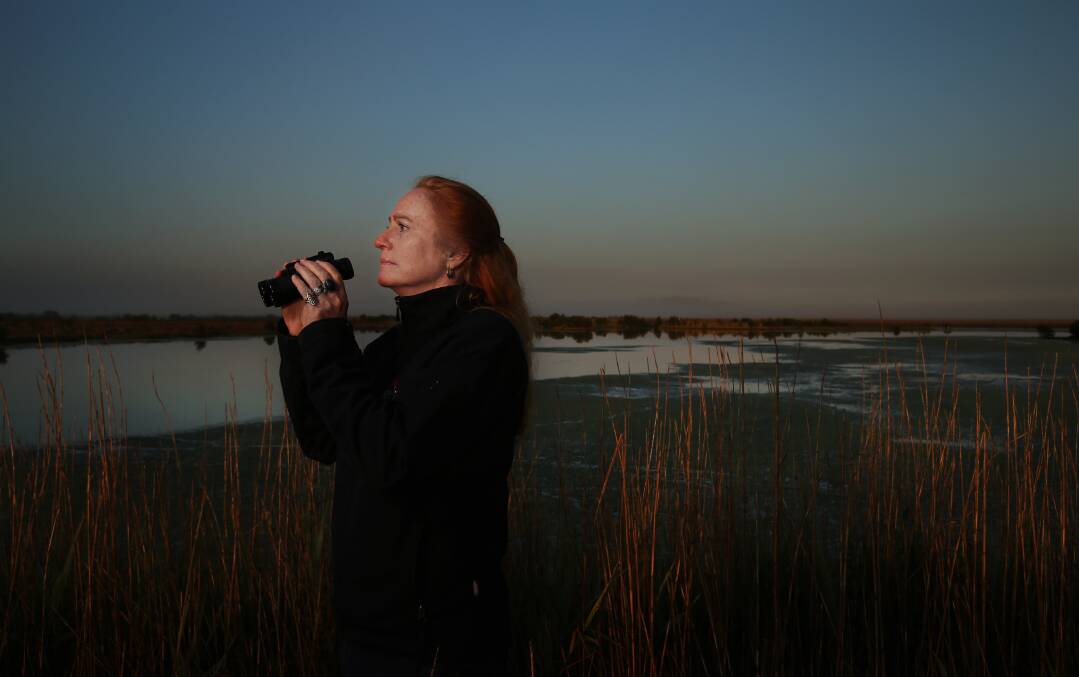
The results showed estuarine habitat has improved and continues to develop and increase in area.
The vegetation survey in 2021 found the area of mangroves had increased to 185 hectares, saltmarsh to 109 hetares and tidal mudflats and shallow ponds to 135 hectares. The area of freshwater reed has reduced to 792 hectares.
The vegetation mapping indicates a continuing transition of habitat in a mosaic fashion including mangrove recruitment and expansion of saltmarsh, ponds, channels and mudflats.
These estuarine wetland habitats covered 520 hectares in 2021, approaching the predicted minimum increase of 600 hectares. The next vegetation survey will be conducted in 2025.
One of the world's most significant wetlands.
After decades of toil and perseverance, the project now regarded as one of the world's most significant wetland rehabilitation projects.
"There's not too many projects that have been done on this scale; there have been some big projects in China but the thing that makes this stand out is its size and length of time it has been going for," Ms Hyde said.
"The fact that this project has been under one ownership, but under different names (Hunter Catchment Management Trust, Hunter Central Rivers Catchment Management Authority and Local Land Services) makes it unique. We have environmental monitoring data going back 20 years and it's ongoing. That's pretty special."

Low public awareness
Despite the impressive achievements, relatively few people in the wider community have an understanding of the wetland.
For instance, few would be aware that it is part of an internationally recognised habitat for migratory bird species that travel from the northern hemisphere.
"It's amazing that we have that right here but people aren't aware of that," Ms Hyde said.
"One of our main priorities moving forward will be to raise public awareness."
Among the most exciting proposals to open the wetland up to the wider community is a cycleway that would extend from Shortland to Beresfield, where it would connect to the Richmond Vale Rail Trail.
"It has been a hidden gem for a long time. Opening it up for access with some interpretive signage has the potential to put a real focus on this magnificent wetland," Ms Hyde said.
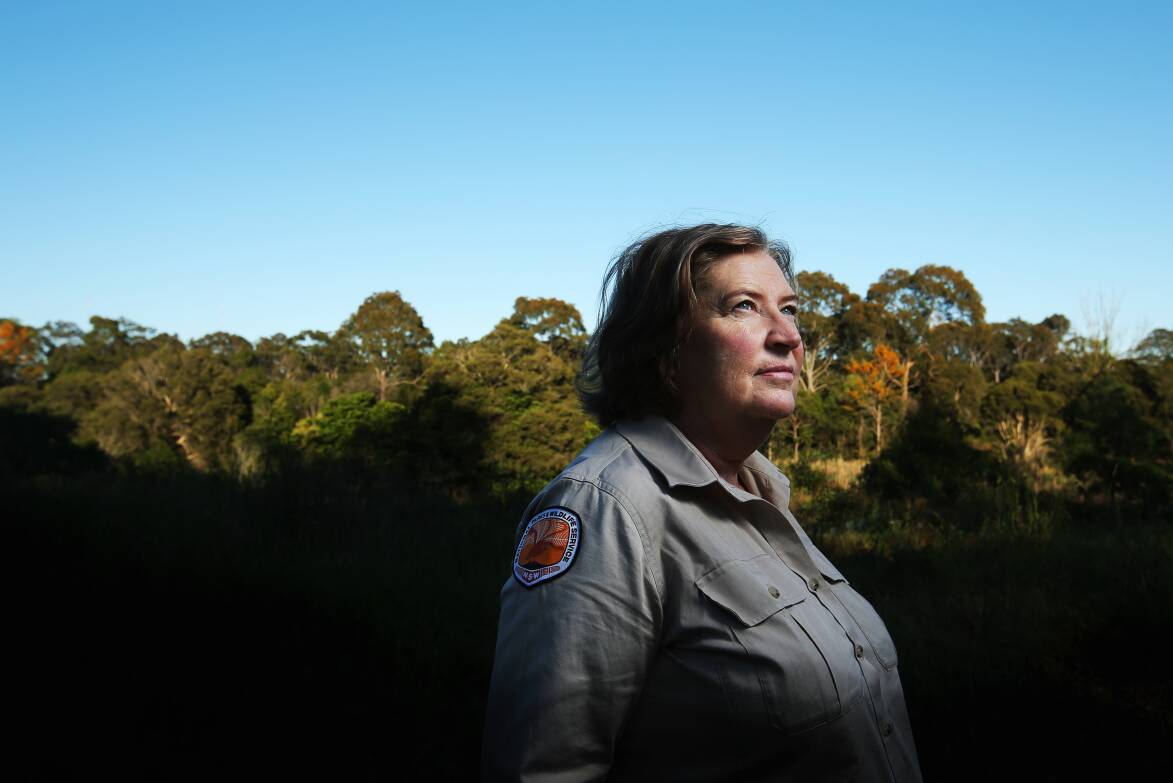
Partnerships are the key
The Hexham Swamp rehabilitation project, managed by Hunter Local Land Services, falls within the broader footprint of the Hunter Wetlands National Park.
Local Land Services works collaboratively with the National Parks and Wildlife Service, which is also responsible for the Tomago Wetlands and Ash Island rehabilitation projects.
"Just seeing this area, which had been highly modified for agricultural use, come back to life as a floodplain and thrive, has been really rewarding," National Parks and Wildlife Service Hunter Ranger Jo Erskine said.
Like many, she agrees the speed at which the wetlands have returned to life has been extraordinary.
"Within three to four weeks [of the floodgates reopening] there were fish jumping out of the water in an area that had been stagnant for a long time," she said.

"It's also surprising how quickly the saltwater vegetation like saltmarsh and mangroves comes back."
But with the wins come challenges. Unsurprisingly, foxes have made their way into the newly established habitat and are the subject of a baiting program, which Awabakal and Worimi Green Teams have been involved with.
"Foxes are a big problem across the Lower Hunter; they come in from everywhere," Ms Erskine said.
"What's required is a cross-land tenure approach. We are in a continuous conversation with Newcastle and Port Stephens councils and Local Land Services."
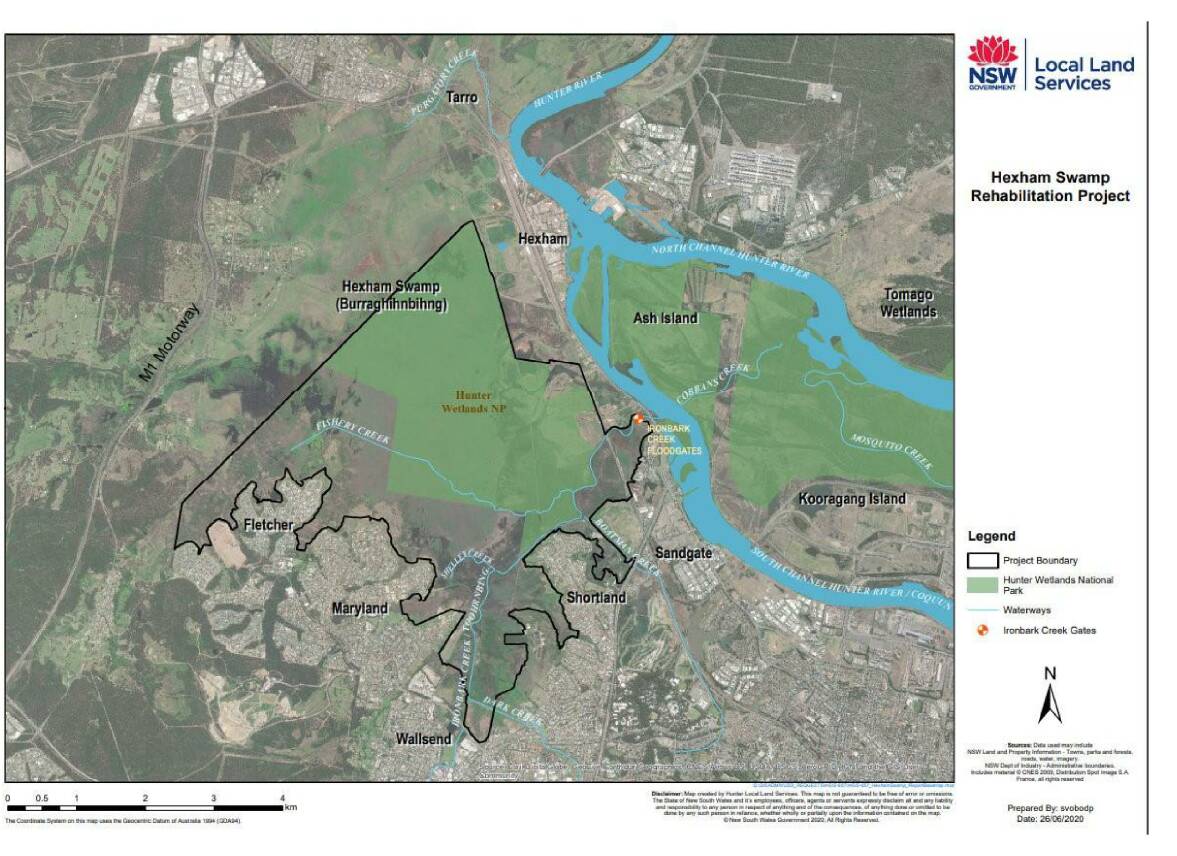
Big plans on the horizon
The NPWS hopes to acquire more land to add to the national park. In recent years it has purchased one block at Hexham and another at Tomago
"We are trying to future proof. As sea levels rise, we are looking at stepping stones further inland," Ms Erskine said.
"Newcastle is surrounded by what we call coastal squares. Most of the wetland areas have urban interface behind them, so we are looking at areas like Hexham Swamp where we may have the opportunity to purchase land when people want to sell to extend the park and the conservation zone."
For Awabakal cultural and heritage officer Matt Syron the wetland's future is about sharing the area's indigenous heritage with the wider community.
"There's going to be opportunities to put fire through here again, just like the old days. I'm excited that people are going to be able to come here and experience what it was like more than 250 years ago," he said.
Discussion: What would you like to see greater access to the Hexham wetlands?







